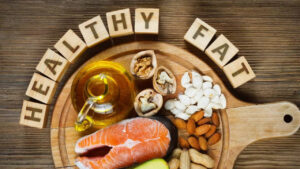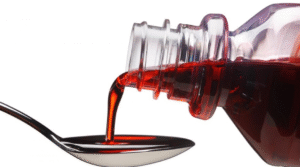How Much Alcohol Is Truly Safe? Science Says the Answer Isn’t Simple

How Much Alcohol Is Truly Safe? Science Says the Answer Isn’t Simple
Experts warn that even light drinking carries some risk, despite long-held beliefs about alcohol’s benefits.
Alcohol has long been intertwined with culture, celebration, and social life. Yet, the question that continues to intrigue scientists and health experts remains: how much is truly safe to drink?
Research reveals that alcohol has a biphasic effect — meaning it acts in two phases. In small amounts, it may appear harmless or even slightly beneficial to the heart, but beyond a certain threshold, it begins to harm nearly every organ in the body.

What “Safe” Really Means
According to the World Health Organization (WHO) and the Centers for Disease Control and Prevention (CDC), there is no completely safe level of alcohol consumption. For adults who choose to drink, “low-risk” consumption is defined as up to one standard drink per day for women and two for men, with several alcohol-free days each week.
However, what’s considered safe can vary widely depending on factors such as genetics, sex, metabolism, and overall health. Some studies have suggested that moderate intake especially red wine, may help raise HDL (good) cholesterol or reduce inflammation, but newer large-scale studies are challenging that notion.
A 2023 global study published in The Lancet concluded that even light drinking slightly increases the risk of heart disease, high blood pressure, and stroke. When measured against overall mortality risk, the study found that the safest level of alcohol consumption is zero.
The Hidden Cost: Brain, Liver, and Beyond
The liver is the first organ to suffer from alcohol exposure. Even moderate drinking can elevate liver enzymes, indicating early stress. Over time, alcohol can quietly impact sleep, memory, hormonal balance, and immune function, often without clear symptoms in the beginning.
The brain too pays a price — research shows that alcohol can shrink regions involved in learning and emotional regulation, even in people who drink modestly. This is why experts emphasize that “safe” doesn’t mean “harmless.”

Redefining ‘Moderation’
Perhaps the real question isn’t how much alcohol can be consumed, but why it’s consumed at all. Many turn to alcohol to unwind or celebrate, yet these same emotions can be nourished through exercise, art, music, mindfulness, or meaningful social connections.
A truly balanced relationship with alcohol may involve drinking less frequently, rather than simply counting drinks. Mindful, occasional enjoyment, without dependence or excess could be the most sustainable and health-conscious path forward.
Disclaimer: This article is for informational purposes only and not a substitute for professional medical advice.












